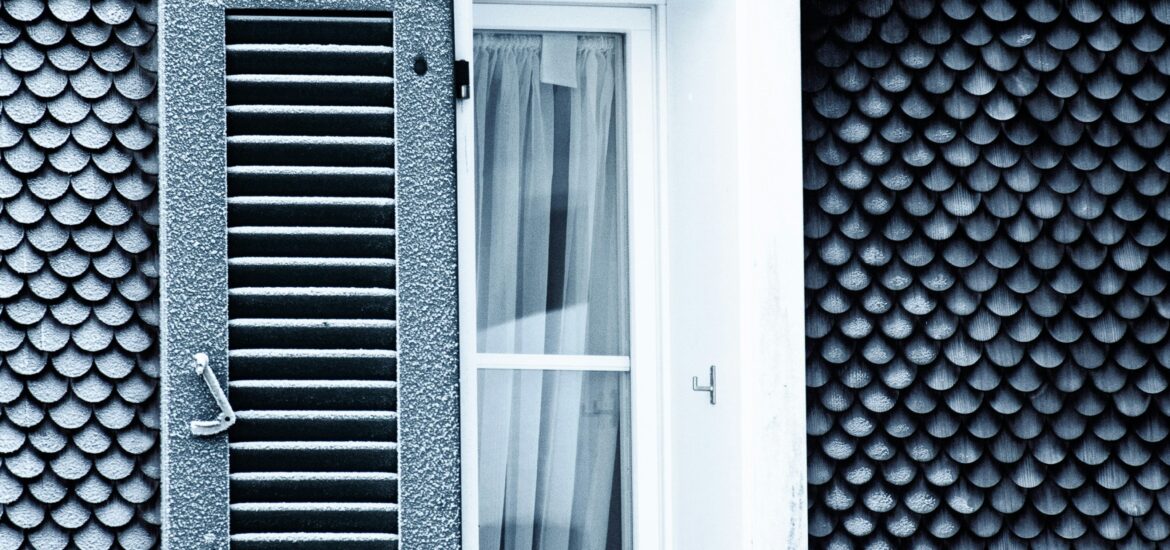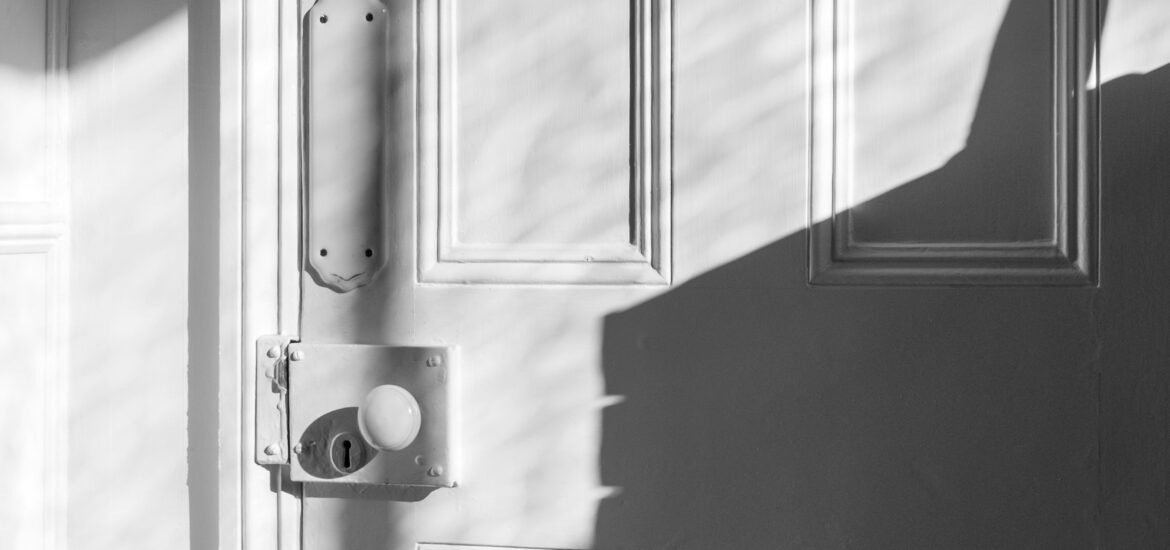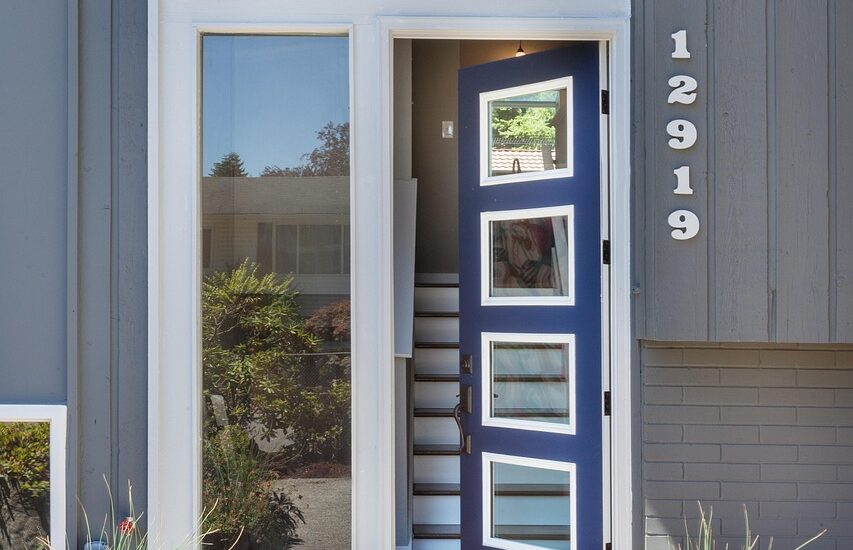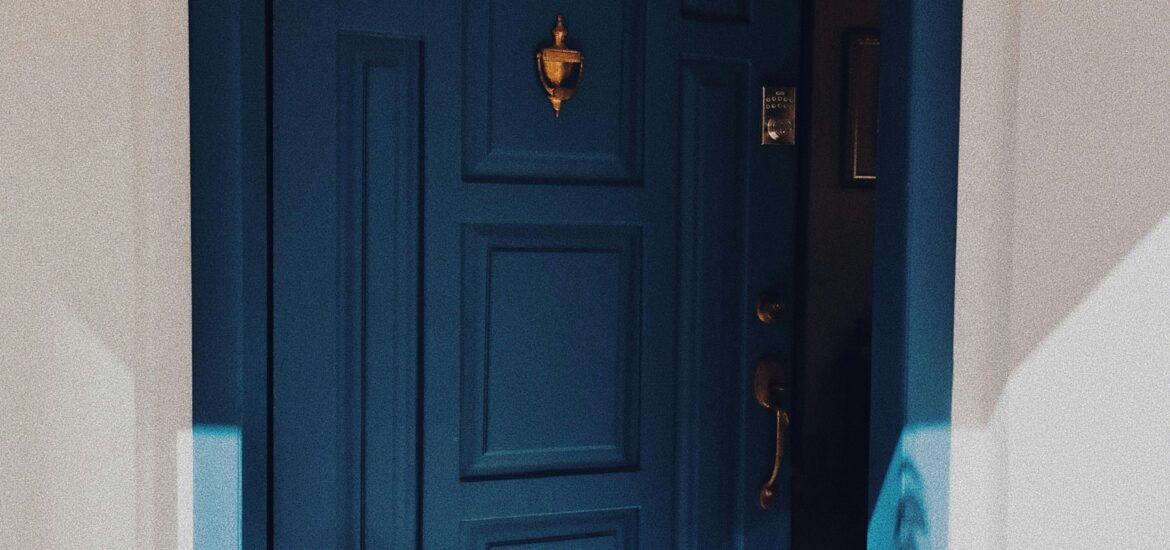In the era of smart security solutions, digital rim locks have gained popularity for their sleek design, convenience, and added security features. However, like all mechanical and electronic devices, digital rim locks require regular maintenance to function efficiently over time. Whether you’re a homeowner, landlord, or office manager, understanding how to properly care for your digital rim lock can extend its life, save on repair costs, and ensure your property stays secure.
This blog explores essential maintenance tips, common pitfalls to avoid, and best practices to help your digital rim lock last longer.
What is a Digital Rim Lock?
A digital rim lock is a surface-mounted locking system that combines mechanical and electronic locking mechanisms. Unlike traditional deadbolts or mortice locks, rim locks are usually installed on the surface of the door and latch onto a keeper on the door frame.
Digital rim locks often come with features such as:
- PIN code access
- RFID or card-based entry
- Biometric fingerprint recognition
- Remote control or Bluetooth connectivity
- Emergency key override
These smart devices offer enhanced convenience and improved security, making them ideal for residential and light commercial use.
Why Maintenance Matters
Despite being designed for durability, digital rim locks are exposed to environmental factors, power sources, and human usage, all of which can degrade their performance over time. Here’s why maintenance is crucial:
- Security Assurance: A faulty lock can compromise your home or office security.
- Cost Efficiency: Regular upkeep reduces the need for costly replacements or repairs.
- Extended Lifespan: A well-maintained lock can last years without needing a replacement.
- User Satisfaction: Smooth functionality enhances the user experience and reliability.
1. Clean the Lock Regularly
Dust and debris can accumulate on both the mechanical and electronic parts of a digital rim lock. Use a soft, dry cloth to wipe the external surface of the lock every couple of weeks. Avoid using water or harsh chemical cleaners, as they may damage sensitive electronic components.
Pro Tip: For fingerprint scanners, use a microfiber cloth slightly dampened with water to remove oils or smudges.
2. Check the Battery Status
Most digital rim locks run on AA or AAA batteries and display a low battery warning through beeping sounds or LED indicators. Make it a habit to check battery levels monthly, and replace them with high-quality alkaline batteries as needed.
Important Note: Avoid using rechargeable batteries unless specified by the manufacturer, as their voltage is usually lower than regular alkaline batteries.
3. Test All Entry Methods
Digital rim locks often offer multiple entry methods PIN, RFID, biometric, and mechanical keys. At least once a month, test each method to ensure they’re functioning correctly. For example:
- Try multiple fingerprints if the lock supports them.
- Ensure the key override mechanism is working and accessible.
- Swipe all registered RFID tags or cards to verify recognition.
4. Protect Against Moisture and Weather
If your lock is installed on an exterior door, it’s essential to protect it from rain, direct sunlight, and high humidity. Although many digital rim locks are weather-resistant, constant exposure to extreme elements can wear them down.
Install a protective cover or choose a lock specifically rated for outdoor use (IP65 or above). Also, consider installing a canopy or door awning for extra protection.
5. Keep Firmware Updated (If Applicable)
Some advanced digital rim locks come with connectivity features and companion apps that require occasional firmware updates. These updates can:
- Patch security vulnerabilities
- Improve performance
- Fix software bugs
Always download firmware from the official manufacturer’s website or app store and follow the update instructions carefully.
6. Lubricate Mechanical Parts
While you should avoid spraying lubricant directly into the electronic parts, the mechanical latch and keyhole (if present) can benefit from occasional lubrication. Use a graphite-based lubricant instead of oil-based sprays like WD-40, as the latter can attract dust and grime.
Apply a small amount to the latch mechanism and keyhole once every 6 months to ensure smooth operation.
7. Manage User Access
Over time, the list of registered users can become outdated. Former tenants, employees, or house guests might still have access unless their credentials are deleted.
- Review and update the user list quarterly.
- Remove old fingerprints, PIN codes, and RFID tags.
- Assign access only to trusted individuals.
This not only ensures optimal security but also prevents the lock’s memory from becoming overloaded.
8. Handle the Lock Gently
While digital locks are built for regular use, rough handling can damage both the internal components and external casing. Teach all users to:
- Gently close the door to avoid jarring the lock
- Enter PIN codes or place fingers on scanners with care
- Avoid pressing buttons or keypads with sharp objects
Proper usage reduces wear and tear significantly.
9. Perform a Full Diagnostic (Yearly)
Once a year, perform a full diagnostic check:
- Inspect screws and mounting plates to ensure everything is tight and aligned.
- Check door alignment and make sure the latch fits smoothly into the keeper.
- Verify all alert sounds and lights are functioning properly.
- Check for signs of corrosion, rust, or water ingress.
Some digital rim locks come with a built-in diagnostic mode—refer to your user manual to activate it.
10. Refer to the User Manual
This might sound obvious, but many issues can be prevented simply by reading the instruction manual that came with your lock. Manufacturers often provide specific maintenance advice tailored to the lock’s design and components.
Store the manual in a safe place or keep a digital copy for quick reference when needed.
When to Call a Professional
If you notice recurring issues such as:
- The lock not recognizing valid fingerprints or PINs
- Batteries draining unusually fast
- The lock making strange noises or flashing error lights
It’s best to contact the manufacturer’s customer service or a certified locksmith who specializes in digital locks. Avoid DIY repairs on internal circuitry unless you’re trained to do so.
Final Thoughts
Digital rim locks offer a blend of convenience, style, and modern security. But just like any investment in your home or office, they require attention and care. By incorporating simple habits like cleaning, battery checks, firmware updates, and periodic inspections, you can ensure that your digital rim lock remains reliable and secure for years to come.
Regular maintenance not only protects your property but also saves you from unnecessary stress and costs in the future. A little effort today goes a long way in safeguarding your tomorrow.





